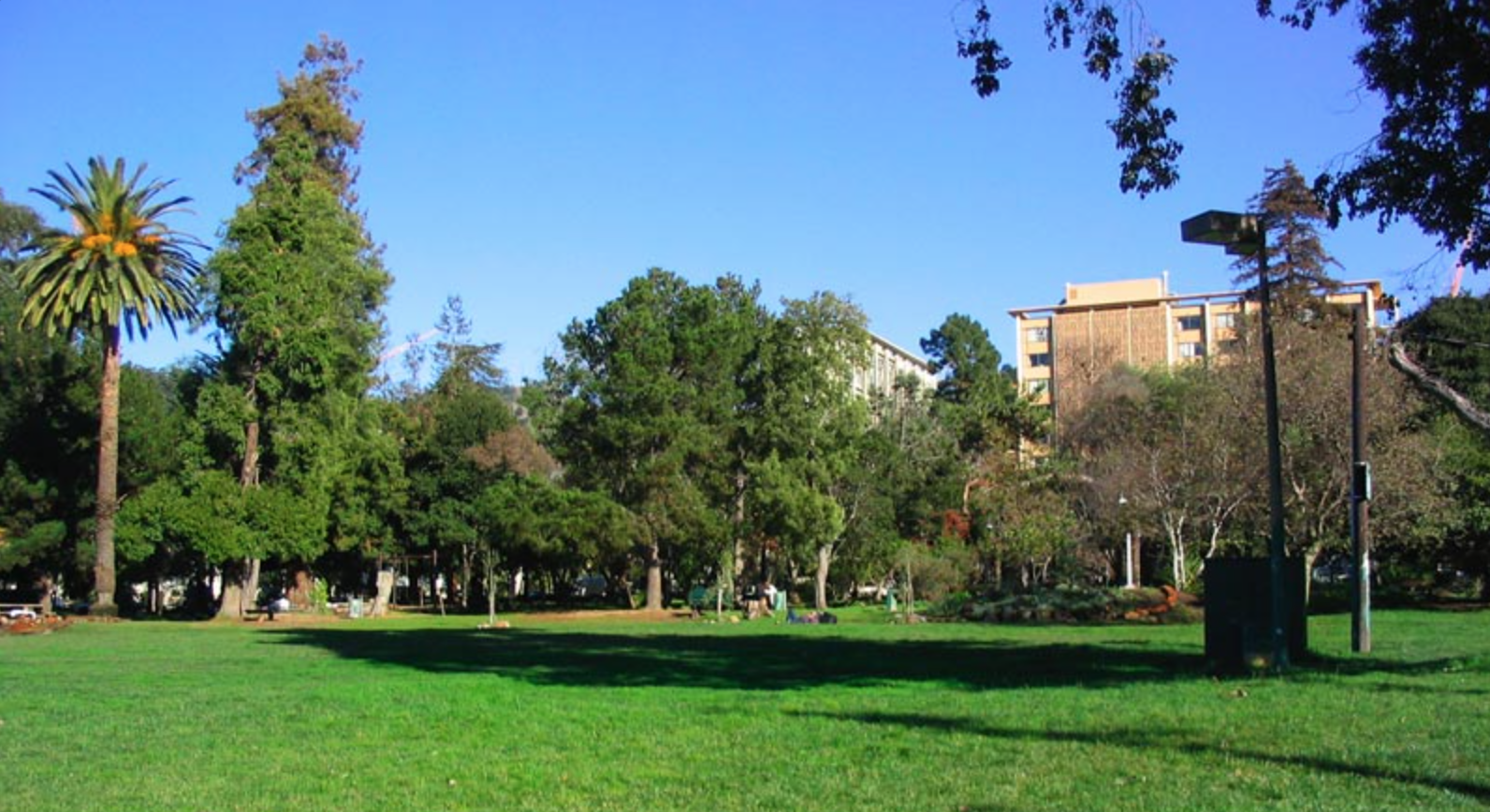Announcing our 2019 Faculty Seed Grant Recipients

This year the Berkeley Center for New Media was thrilled to support two junior faculty in their scholarship through seed grants that will help catalyze their research in new media. We are excited to congratulate these amazing scholars and to build deeper connections with Anthropology and Psychology!
Celeste Kidd
The Role of Reasoning and Metacognition During Belief Formation in the Internet Era seeks to formalize and test theories that can explain why people sometimes believe things that they shouldn’t, and how this potentially destructive tendency might be overcome with the right interventions, using cognitive science, anthropology, and mathematical modeling methods. With a Faculty Seed Grant, the Kidd lab will apply an interdisciplinary approach to testing their hypothesis about the role of confirming feedback via new media in the perpetuation of false ideas. Activities would include (1) writing an ethnography of flat earth beliefs, (2) testing the scientific reasoning abilities of flat-earth belief holders, and (3) conducting lab-based pilot experiments to test whether unjustified certainty can be reduced through interventions designed to highlight knowledge gaps and renew curiosity in the topic via feedback.
William White
People’s Park Digital Heritage Project will be an effort to document the evolution of People’s Park as an urban space and its role in Berkeley history. The goal is to create a digital model of what this parcel used to be before it was transformed into a park, and to highlight the central role it played in the anti-establishment uprising in support of the park so publics can digitally experience this part of Berkeley history.A Faculty Seed Grant will help: (1) cover costs for a Ground Penetrating Radar (GPR) survey to identify archaeological materials associated with People’s Park; (2) create a 3-D streetscape of the park prior to 1969 using archival photos and drone-based photogrammetry renderings of buildings moved from the park area, and; (3) build a virtual tour of places and events associated with the 1969 uprising.
